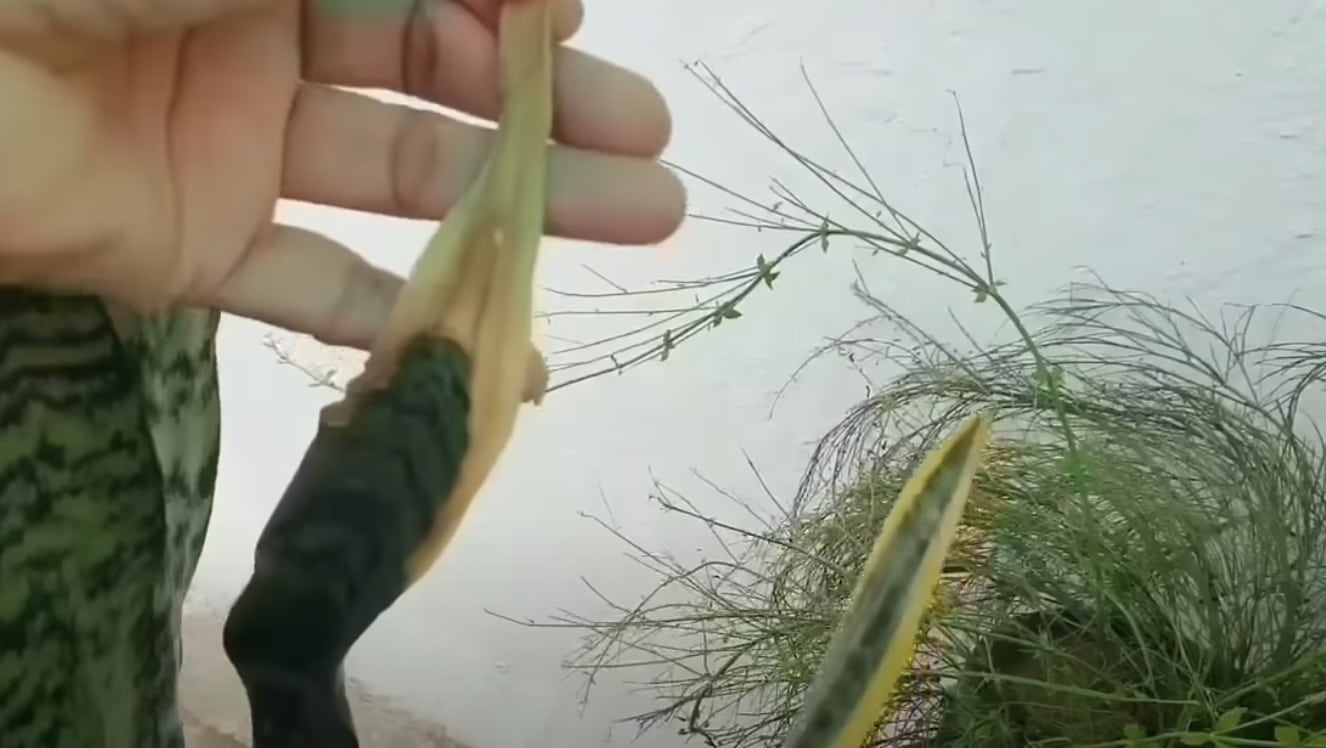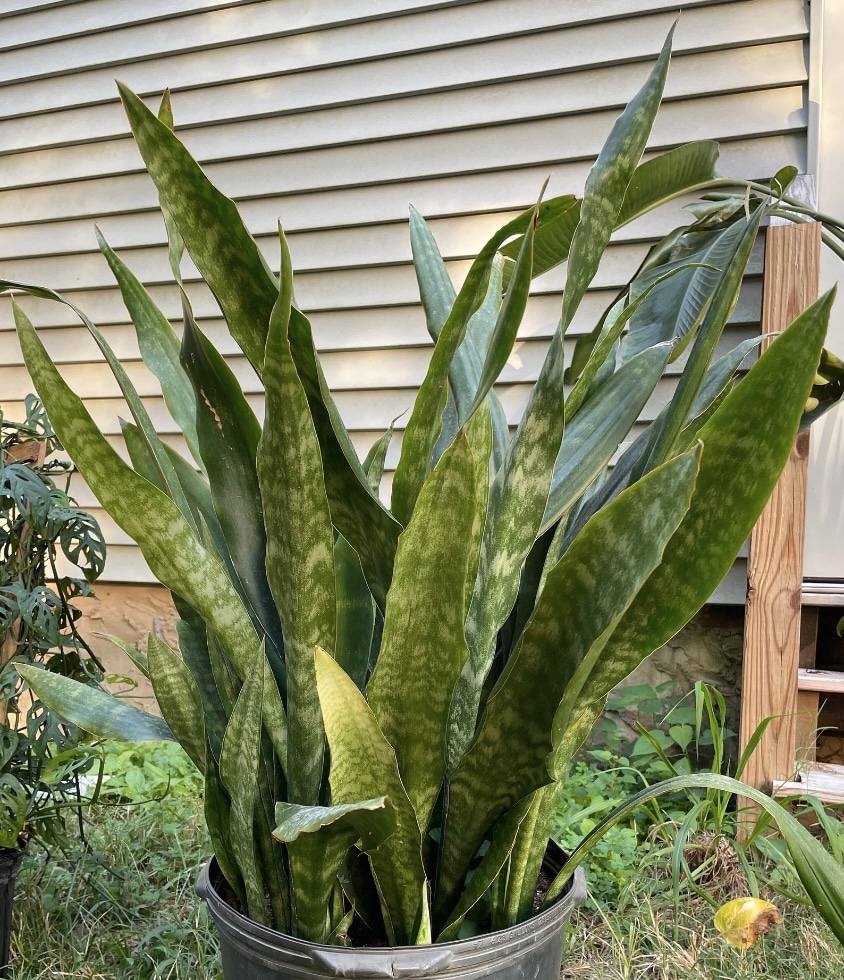Snake plants are stunning houseplants, perfect for decorating your indoors and making your home more “jungly.” Despite their delicate looks, snake plants aren’t particularly challenging to grow. But what causes snake plant wilting? And what can you do about it?
Indeed, they are usually not fussy about water, feeding, or lighting. These plants will tolerate short periods of drought and are unlikely to cause issues even without receiving much sunlight.
Don’t worry if that happened to you: if you want to know how to fix a drooping snake plant, you have landed in the right place. Here, you’ll learn about the most common causes for such an issue and how to revert your plant to its natural condition.
Snake Plant Wilting
Here are the most common reasons for snake plant wilting and some tips to revive your plants:
Overwatering
Overwatering is one of the most common mistakes people make when growing snake plants. If you didn’t know this before, these plants are succulents, meaning their thick leaves can tolerate drought well and are adapted to hold moisture.
And, like most succulents, your snake plants don’t need much water to thrive. After all, this species is native to the dry areas of West Africa!
Unfortunately, giving too much moisture to these plants isn’t complicated. But overwatering your plant might cause root rot and drooping. Don’t forget to feel the soil before adding extra moisture: you should allow it to dry to prevent issues.
Your plant will most likely need water only once every two to four weeks. Remember to decrease frequency over the winter, when the plant doesn’t require as many nutrients.
Inadequate Soil
If you are not having a problem with your watering schedule, you might have planted your snake plant in inadequate soil. These plants do best in a well-draining mix. You can use potting mixes for cacti and succulents to recreate the ideal conditions for their growth. Alternatively, you can add gravel or sand to the mixture.
The soil should also contain organic material to enhance its growth and improve drainage. You can use manure or compost. Also, ensure you plant your succulent in a pot with drainage holes. Without them, your plant will be susceptible to root rot, fungal disease, and wilting.
Underwatering
While snake plants don’t need much water, that doesn’t mean you can forget about them. Depending on their location, their water needs might increase. For instance, if you place them somewhere they receive plenty of sunlight, they will require more moisture to stay healthy.
Not providing your snake plant with enough water might cause your specimen to droop. As a rule of thumb, you should aim at watering your plant when the top three inches feel dry. If the problem was a lack of water, you might see some changes within a week of increasing watering.
Temperature Shock
As mentioned, snake plants are native to the tropical regions of West Africa. That means that they prefer warm weather. These succulents won’t survive temperatures below 50°F.
After all, there must be reasons why snake plants are popular houseplants and rarely planted outdoors. Avoid locating your snake plants next to windows where they might receive cold drafts that can cause them to droop.
You can try to save your plant by pruning the unhealthy-looking leaves and moving them to a sheltered area of your home.
Pests
Another reason your snake plant might wilt could be the presence of pests attacking your succulents. Usually, a weak plant (one that doesn’t receive adequate care) will be more susceptible to attacks from pests and other diseases. For this reason, you should provide your plant with all it needs to thrive.
Fungal diseases might appear if you are overwatering your plant or the substrate isn’t draining. Under such circumstances, the best thing you can do is to re-pot your snake plant to a different container.
Ensure to eliminate rotten roots before doing so. And if the situation is drastic, consider watering your plants with 3% hydrogen peroxide: it will help recover from the fungal infection quicker.
Other insects that might attack your snake plant include spider mites and mealybugs. However, you will most likely notice their presence before your plant wilts.
Don’t forget to take immediate action to prevent the issue from escalating. Treat your plant with an adequate pesticide. Don’t forget to follow the instruction you find on the label to avoid causing more problems to your plant.
Related article: Snake Plant Yellow and Brow Spot Causes

